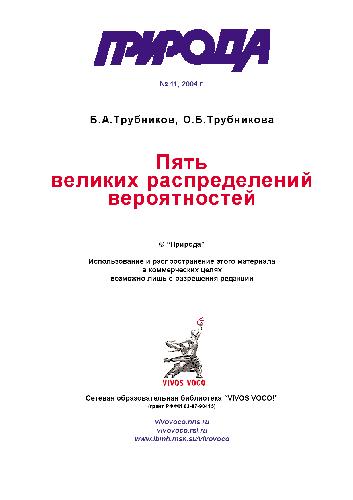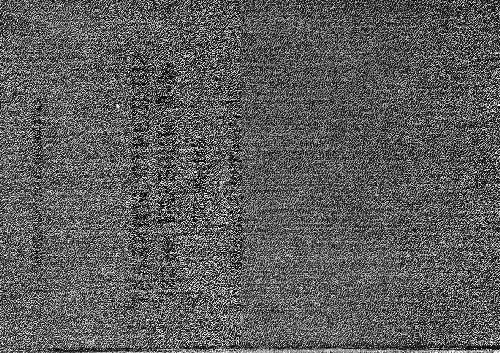- 2 402 202 книги
- Поиск
libcats.org







The Urals and Western Siberia in the Bronze and Iron Ages
Ludmila Koryakova, Andrej Epimakhov Эта книга сосредотачивается на проблемах археологии бронзового и железного века Урала и Западной Сибири, которые характеризуются значительными переменами, происходящими на всем протяжении истории Евразии. Эта область предлагает интересную возможность исследовать культурное взаимодействие в важном перекрестке, где сталкиваются влияния Востока, Запада, Севера и Юга. Это взаимодействие привело к большому разнообразию культурных традиций, у которых было или европейское или азиатское происхождение.-The Ural area can be defined in terms of its geographic location as a natural boundary between Europe and Asia. It is characterized by great landscape and environmental diversity: steppe, forest-steppe, forests, and mountains. In late prehistory, these areas were occupied by societies on different social and economic levels (nomadic, half-nomadic, settled pastoralists, specialist metallurgists), and different ethnic attributions (supposedly proto-Iranian and proto Finno-Ugrian speakers). This area offers an interesting opportunity to examine cultural behavior at an important crossroads, where the influences of the East, the West, the North, and the South meet. This interaction resulted in a great variety of cultural traditions that had either European or Asiatic origins. Therefore, it is quite difficult to separate the prehistory of the Urals and Western Siberia area from that of the rest Eurasia.
Скриншоты
Скриншоты
Популярные книги за неделю:

Проектирование и строительство. Дом, квартира, сад
Автор: Петер Нойферт, Автор: Людвиг Нефф
Размер книги: 20.83 Mb

Система упражнений по развитию способностей человека (Практическое пособие)
Автор: Петров Аркадий НаумовичКатегория: Путь к себе
Размер книги: 818 Kb

Сотворение мира (3-х томник)
Автор: Петров Аркадий НаумовичКатегория: Путь к себе
Размер книги: 817 Kb

Радиолюбительские схемы на ИС типа 555
Автор: Трейстер Р.Категория: Электротехника и связь
Размер книги: 13.64 Mb
Только что пользователи скачали эти книги:

Пять великих распределений вероятностей
Автор: Тpубников Б.А., Автор: Трубникова О.Б.Категория: Теоретическое естествознание
Размер книги: 294 Kb

122-мм. Таблицы стрельбы 122-мм гаубицы Д-30. ТС №145
Автор:Категория: Военная техника
Размер книги: 7.56 Mb

Programming Ruby: The Pragmatic Programmers' Guide, Second Edition
Автор: Dave Thomas, Автор: Chad Fowler, Автор: Andy Hunt
Размер книги: 16.43 Mb





